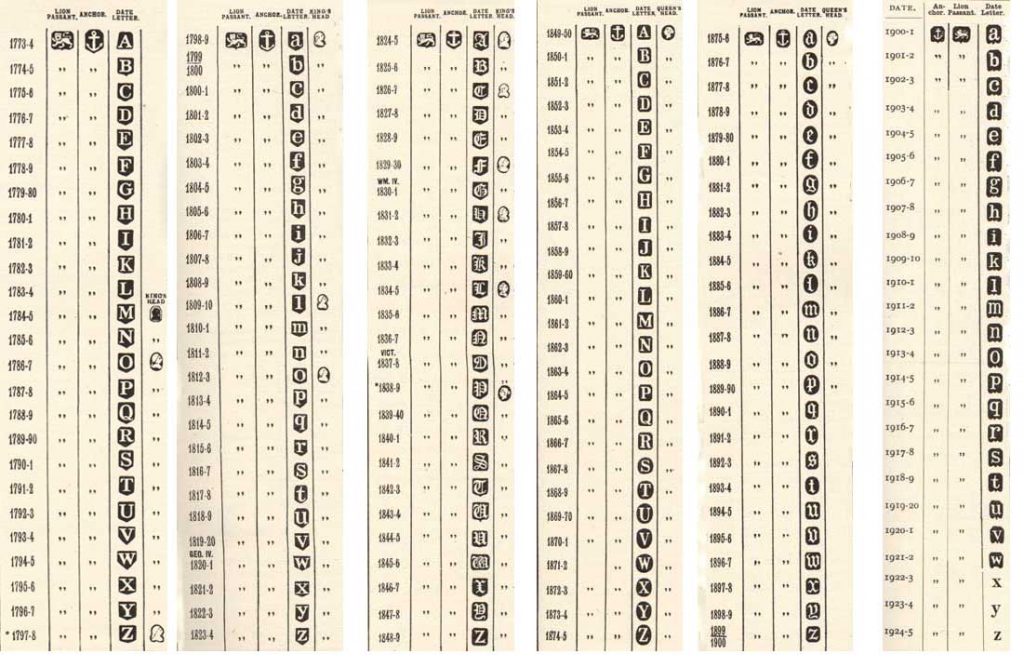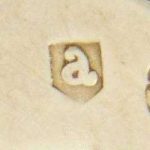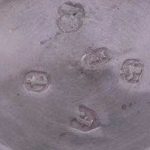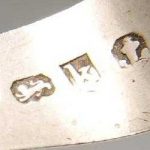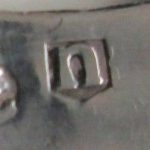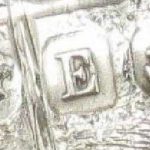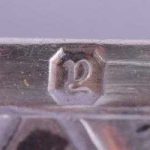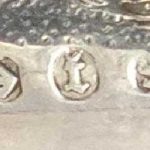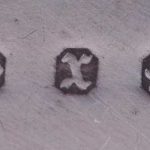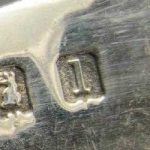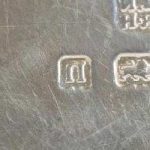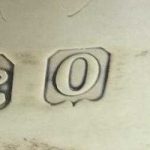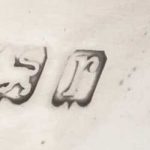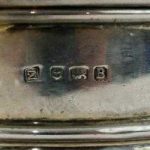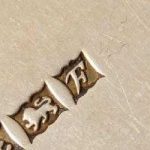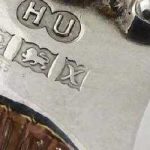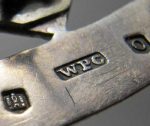Birmingham Hallmarks. The Birmingham assay mark is an anchor. It is placed on its side if the metal is gold or platinum. The date letters began in 1773 and the sovereign’s head duty mark was used between 1784 to 1890.e Birmingham assay mark is an anchor. It is placed on its side if the metal is gold or platinum. The date letters began in 1773 and the sovereign’s head duty mark was used between 1784 to 1890.
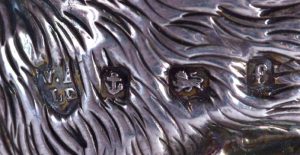
The Birmingham Assay Office, one of the four assay offices in the United Kingdom, is located in the Jewellery Quarter, Birmingham. The development of a silver industry in 18th century Birmingham was hampered by the legal requirement that items of solid silver be assayed, and the nearest Assay Offices were in Chester and London. Matthew Boulton and Birmingham’s other great industrialists joined forces with silversmiths of Sheffield to petition Parliament for the establishment of Assay Offices in their respective cities. In spite of determined opposition by London silversmiths, an Act of Parliament was passed in March 1773, just one month after the original petition was presented to Parliament, to allow Birmingham and Sheffield the right to assay silver. The Birmingham Assay Office opened on 31 August 1773 and initially operated from three rooms in the King’s Head Inn on New Street employing only four staff and was only operating on a Tuesday. The first customer on that day was Matthew Boulton.
